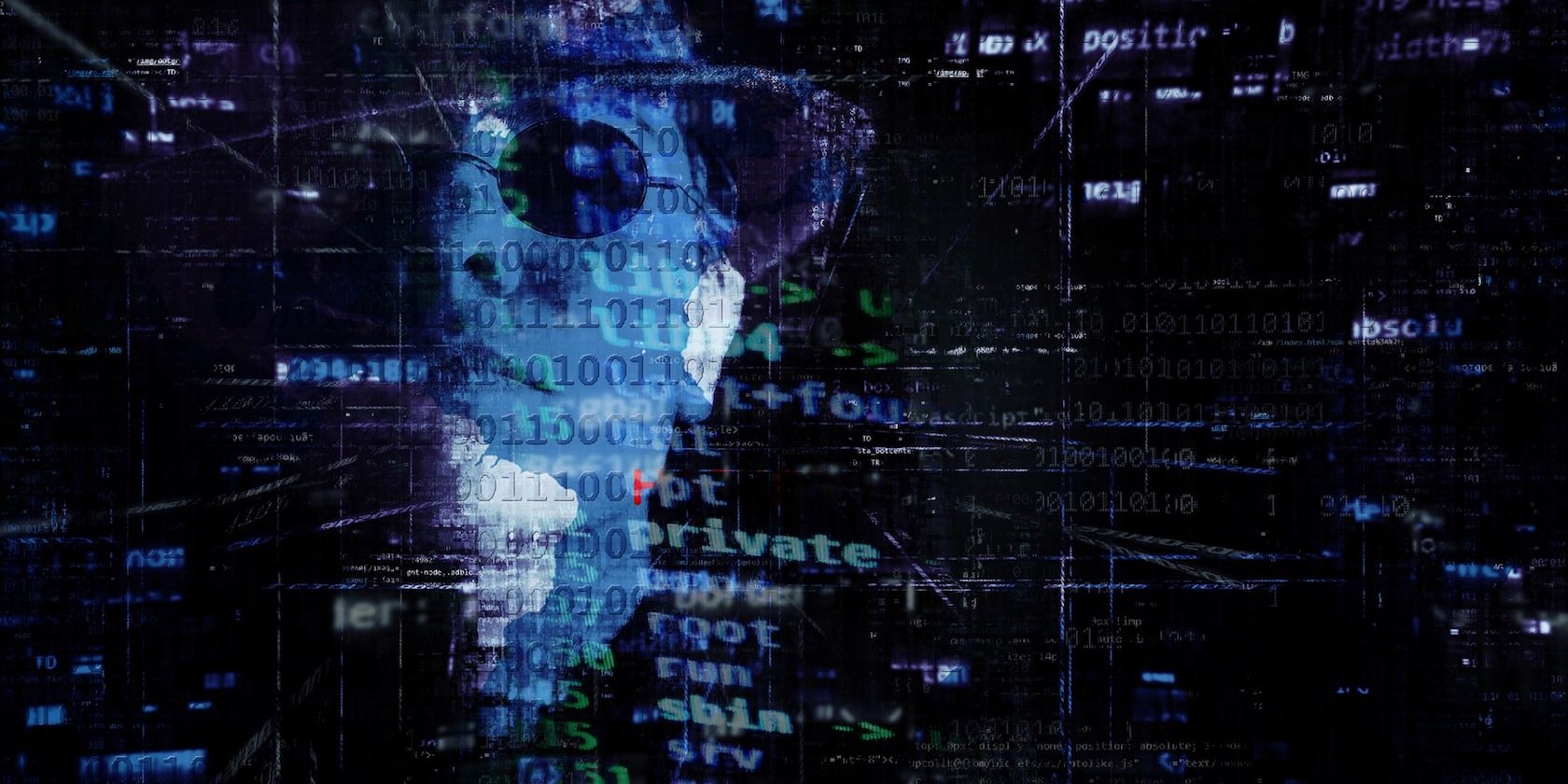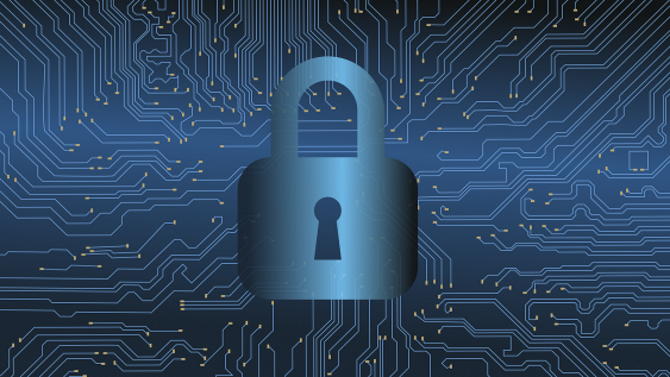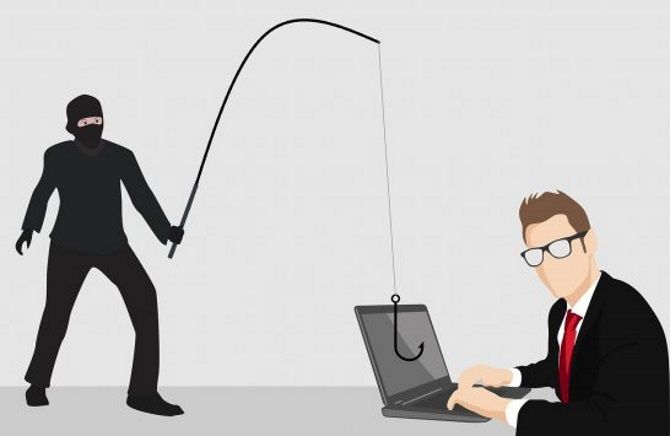
Over the last few years, we have seen cyberattacks occurring with increased frequency, complexity, and against bigger targets. The threats that we face from hackers, viruses, malware, and data breaches are not going away—they’re evolving, and there’s far more to come as we approach 2019.
As cybersecurity professionals and companies all around the world prepare for another year of security breaches and stolen data, it is important that you make yourself aware of the latest security threats so that you can protect yourself.
Here are the five biggest cybersecurity threats to be aware of in the coming year ahead.
1. Ransomware

Ransomware has, by far, been the key threat to cybersecurity for the last couple of years. It is going to be just as much, if not more, of a problem for years to come, and is showing no signs of slowing down.
But why is it so popular among cybercriminals?
To put it simply, ransomware has the potential of delivering huge returns—we are talking thousands upon thousands of dollars—when successful. Given that its execution requires very little effort in terms of work, it is a firm favorite among cybercriminals.
Ransomware works by taking control of a computer or network of computers and inhibiting their use (unless a ransom is paid) by completely locking the end-user out. By doing this, cyber attackers can extort eye-watering sums of money from their victims with ease.
What’s more, the widespread adoption and use of cryptocurrency and Internet of Things (IoT) devices have made ransomware even more popular. The anonymity associated with cryptocurrency and the fact that transactions cannot be traced, mean that there are more devices that can be hijacked.
2. Phishing Attacks
Another cybersecurity nightmare which has been around since the dawn of the internet is phishing attacks. It is a simple form of attack which is designed to steal personal information such as usernames, passwords, and credit card details. Stats compiled by Barkly reveal that 2017 saw phishing attacks on domestic and business users increase, and there’s every reason to expect this pattern to continue.
Often, phishing attacks appear to come from trusted sources such as your banking provider or a website you regularly use. Once you reply to a phishing email or follow its instructions, the information is sent straight to its malicious source. They can then use this information to make purchases among other things.
Most people who use the internet will come across an attempted phishing attack at least once—after all, they commonly come in the form of spam emails—so it is only vigilance and caution which can prevent you from falling victim to one. Common sense is often enough.
3. Botnets

Using a complicated and powerful network of compromised machines, Botnets are remotely controlled by cyber attackers. They execute large-scale attacks which, in extreme cases, can involve millions of unwilling computers and systems.
Hackers use botnet attacks to carry out distributed denial of service (DDoS) attacks, perform brute force attacks, send spam, and steal personal information and sensitive data. DDoS attacks can happen at any time, although research from Kaspersky reveals the period around Black Friday is particularly attractive for hackers.
Botnets are increasingly being used by cyber attackers due to the sheer power that they afford. Also, because more and more people are using internet-enabled systems each day, there are more devices that can be compromised and controlled.
Your best defense against botnets is to ensure that your machine does not become compromised by viruses and worms. It is usually the case that people are unaware that their machine has been infected until it is too late. As such, performing regular scans with robust and up-to-date antivirus software is a must.
It only takes one malicious email or download to infect your machine.
4. Computer Viruses and Worms
Although they have been around since the birth of the internet and may even pre-date you, you should not underestimate the destructive power of simple computer viruses and worms. They are becoming ever-more problematic, often deployed in files such as spreadsheets and documents, lying dormant until activated.
Files which are infected with viruses infect the machine when opened. Worms, on the other hand, spread throughout your machine and begin replicating so that they can infect all your files. As the basic foundations upon which more advanced cybersecurity threats are built, viruses and worms are serious problems.
Because of the way we use computers and our reasons for doing so, viruses and worms are becoming more dangerous. Often, they seek to steal personal and financial information for identity theft and financial fraud. Again, by using updated and robust antivirus solutions, you can keep yourself protected.
5. Cryptocurrency Hijacking
If you have found yourself caught in the current cryptocurrency hype and have decided to invest in some, cryptocurrency hijacking—more commonly known as “cryptojacking”—is something which you need to know about.
You are more likely to be targeted by cyber attackers by demonstrating an interest in cryptocurrency. However, anybody can be a victim of cryptojacking—you need not dabble in it to be a target.
Cryptojacking works by infecting a victim’s computer with a virus which utilizes hardware resources such as processors to mine for cryptocurrency. Not only does this massively slow down and impact the overall performance of the victim’s computer, but it also provides the attacker with a passive financial benefit.
In fact, in 2018 it transpired that cryptocurrency-related crime is now more lucrative than ransomware. This looks set to increase in 2019.
The Overall Security Outlook for 2019
2019 is destined to be yet another year where cyber attacks grow in prominence. They will occur more frequently, on a higher scale, and use new technologies, exploits, and developments to do so. The bottom line is that more people around the world are now using the internet, and cybercriminals understand this. Naturally, they recognize that there is a higher potential for illicit gains and set off in pursuit of them.
It is not really the threats which are changing, though—ransomware, phishing attacks, and malware still top the list of common cybersecurity threats—it is more a case of there being more for cyber attackers to gain through the growth of the internet and the careless use of a growing number of devices. As a result, more of them are crawling out of the woodwork.
As has always been the case, your greatest defense against cybercrime is knowledge, vigilance and good antivirus software. Not sure what security software to use? See our list of the best antivirus tools for some suggestions.
Read the full article: The 5 Biggest Cybersecurity Threats of 2019 Revealed
from MakeUseOf https://ift.tt/2yewBdz
via IFTTT
0 comments:
Post a Comment